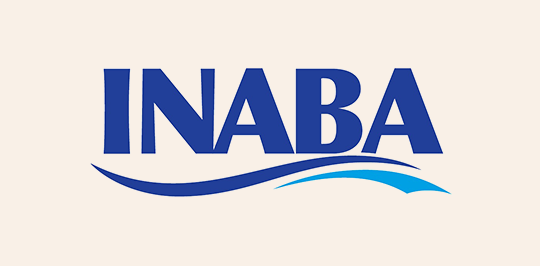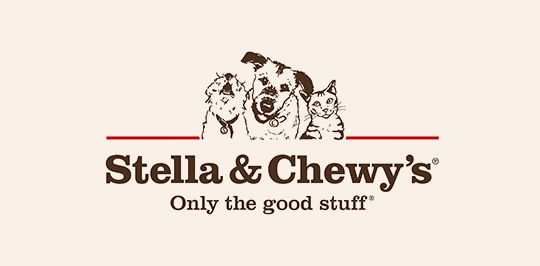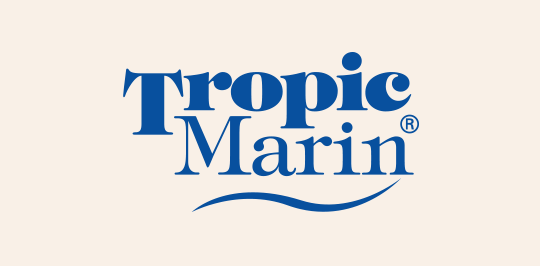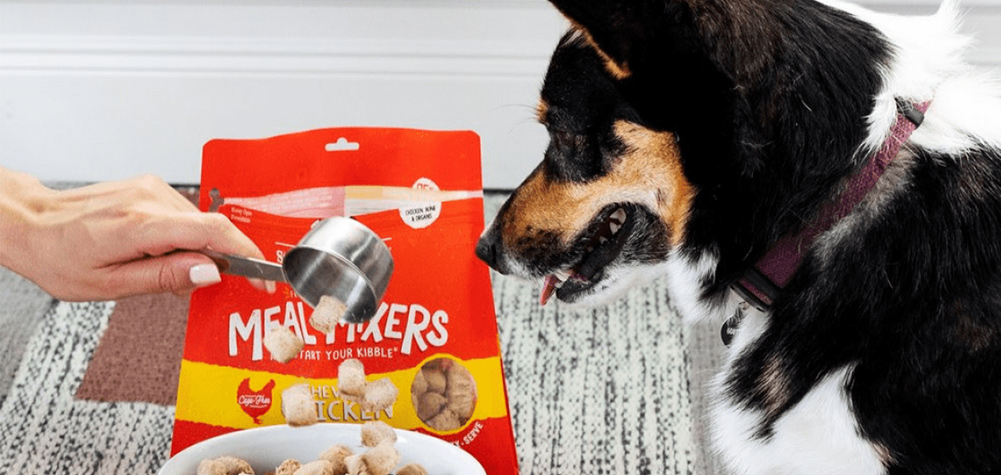It’s probably no surprise that animal proteins are the most important nutrients for developing cat and dog food. They’re rich in essential amino acids, are fundamental in maintaining and growing cell structures, and help to facilitate the many other metabolic and biological functions of the body.
But not every type of protein is the same, some are better than others. When it comes to making dry food, we choose the type of animal protein that will provide quality to the raw materials as well as the finished product. But that’s not all, we also think about the processing method and the tools and storage systems we need, which affect the final quality of the product, as well as the cost.
Animal proteins and kibble
There are numerous types of kibble on the market that are all made with different types of proteins, not just tastes and flavours but also in terms of fresh or dehydrated meats. We explain the difference below:
These ingredients never leave the “cold chain”. They’re simply transported and stored in cold rooms until they’re cooked and transformed into kibble. This means the ingredients are not exposed to thermal stress and retain more nutrients. Processing fresh meat requires special machinery and takes longer as opposed to using animal meal.
both are ground into flour-like substances. Ingredients are subjected to different types of processing, some at high temperature-methods that destroy or alter the nutritional value of the ingredients, to turn them into flour-like substances. They can then remain in pantries or silos for prolonged periods of time until they’re used. They’ll need to be cooked again to form into kibble.
One of the main differences between fresh and meal/dehydrated products is that they aren’t pre-cooked before being processed into kibble. Due to using the cold chain, the fresh meat is preserved because modern technology enables us to turn the fresh meat into kibble in one go: the fresh meat is cooked and immediately extruded into kibble.
Using the cold chain eliminates the need for chemical preservatives in order to maintain the nutritiousness of the raw material. Dehydrated meats and meat meals can go off if they’re not properly stored, compromising the smell and the taste.
Using fresh meat and fish circumnavigates the use of high-temperature processes that can lead to a decrease of the nutritional value of foods, and preserves essential nutrients such as proteins and amino acids instead, ensuring a high quality kibble that’s easier to digest and responds better to the intestinal flora of dogs and cats.
This is why fresh meat/ fish are more valuable and more expensive: it’s like choosing to use milk and fresh eggs or milk powder and freeze-dried eggs to prepare a cake.





















